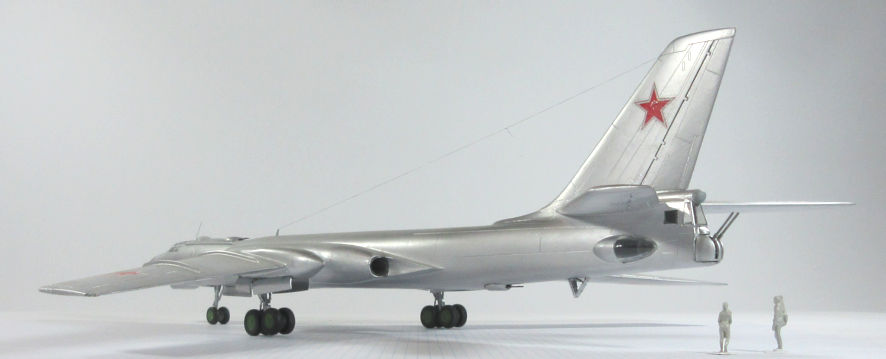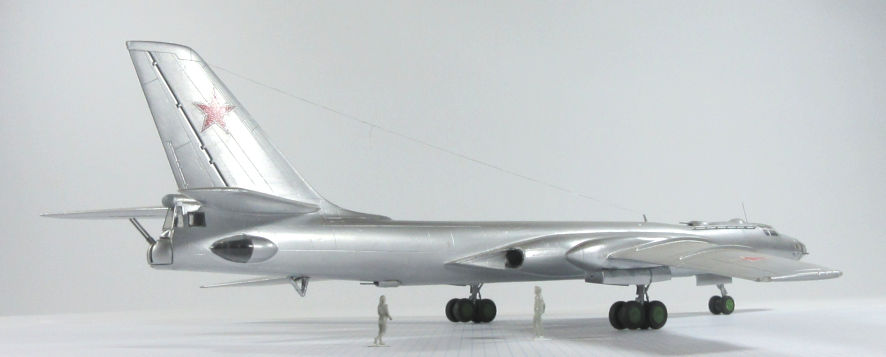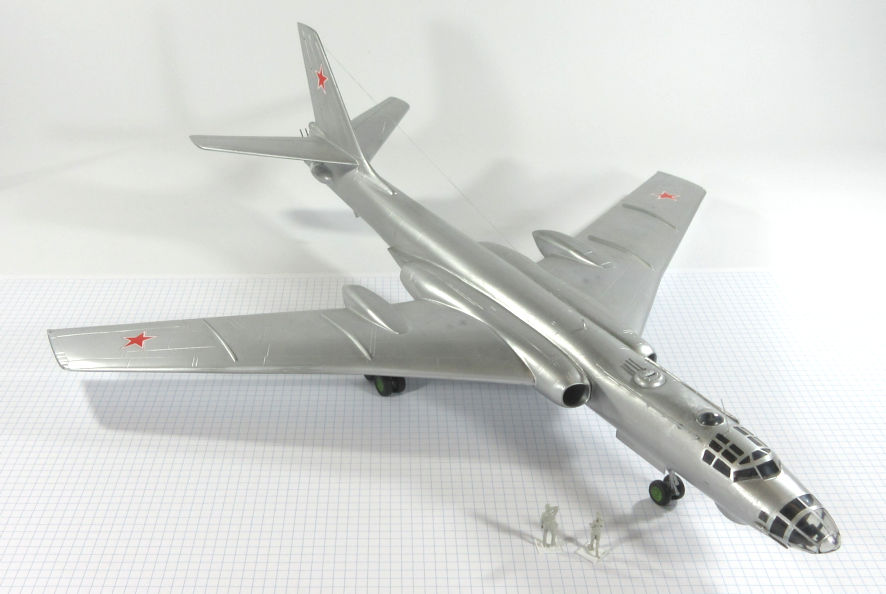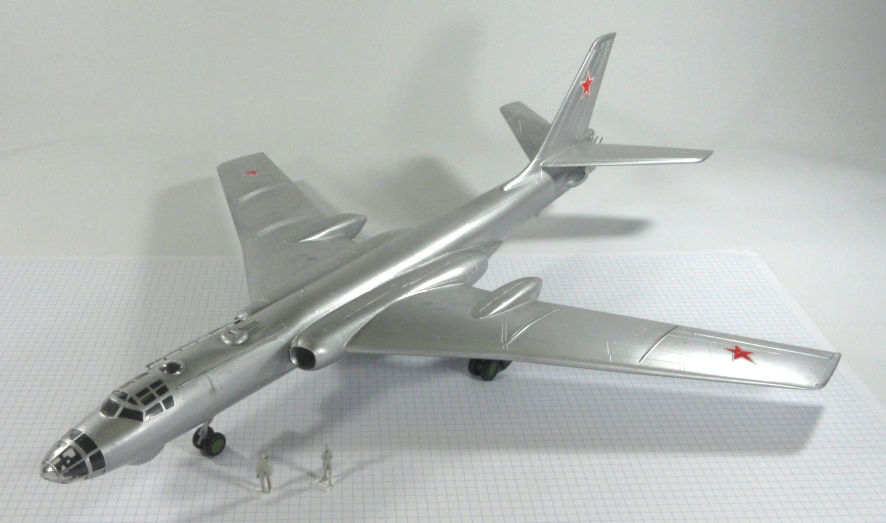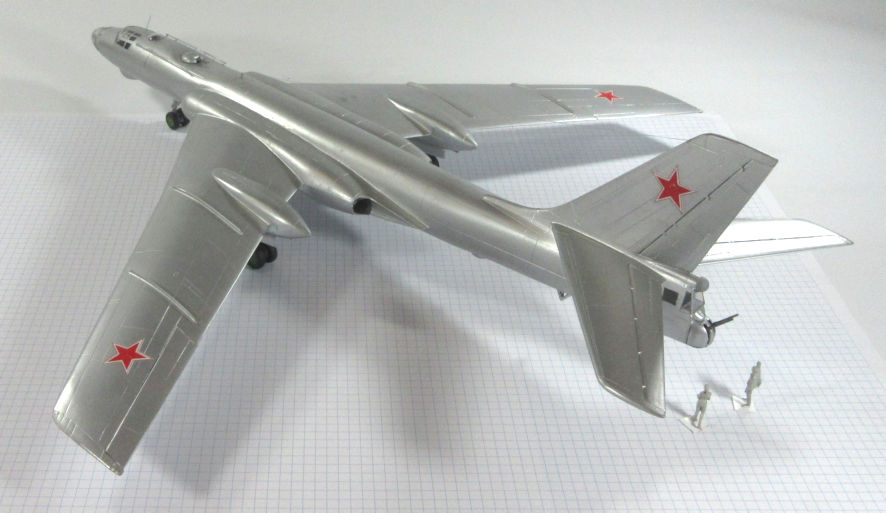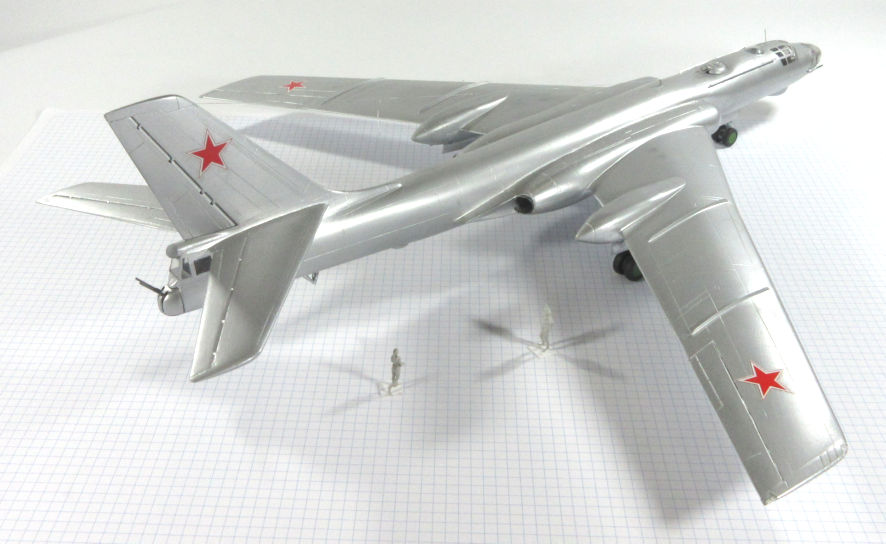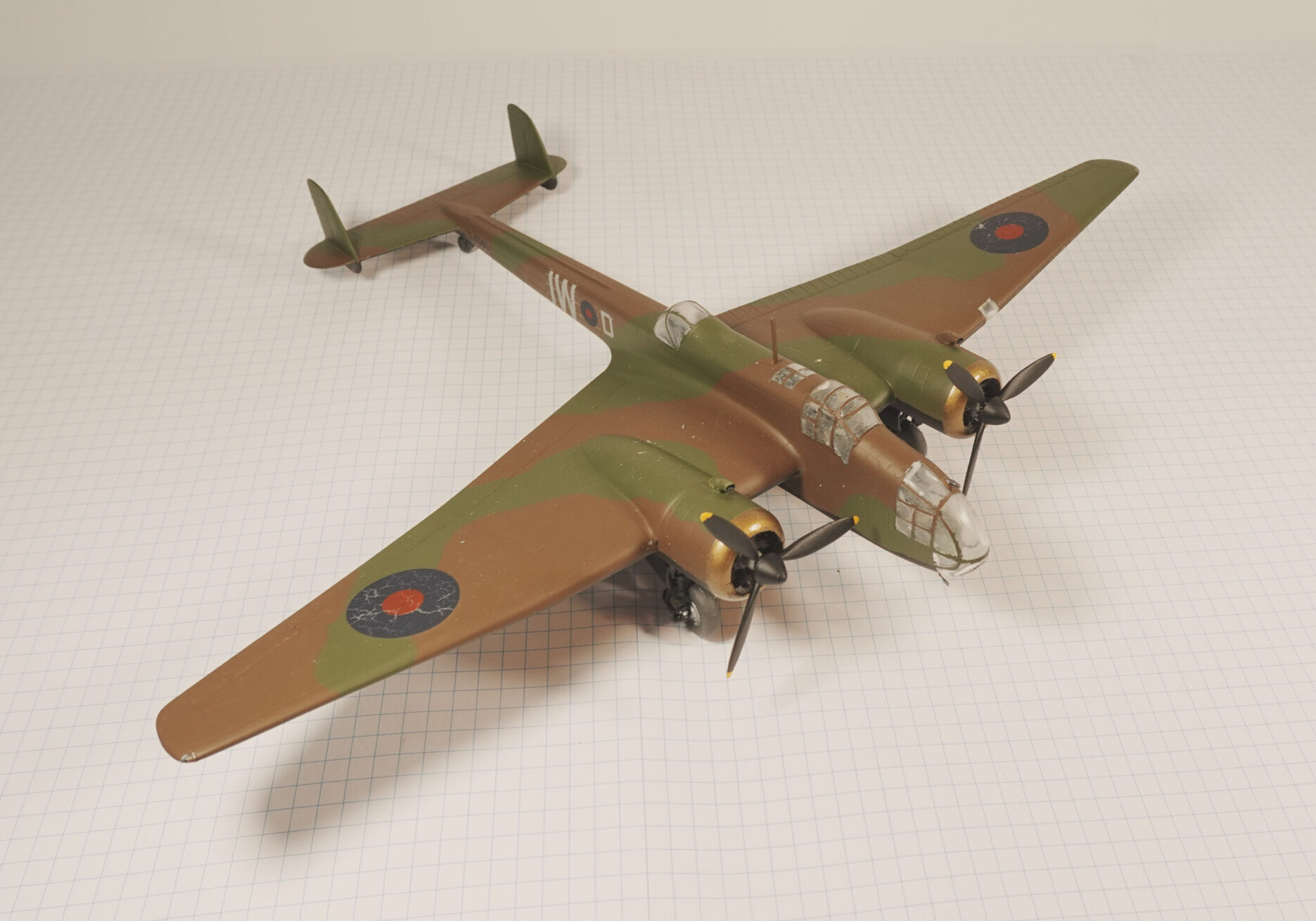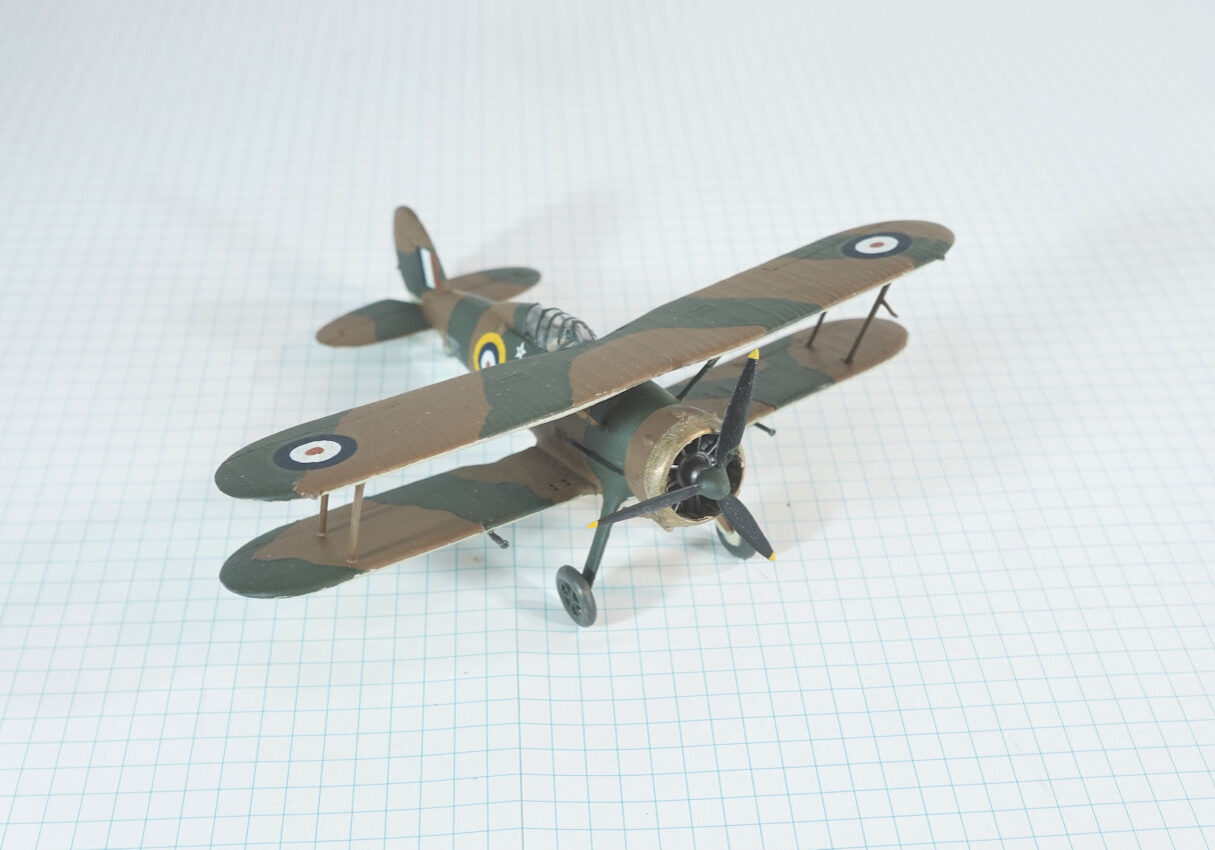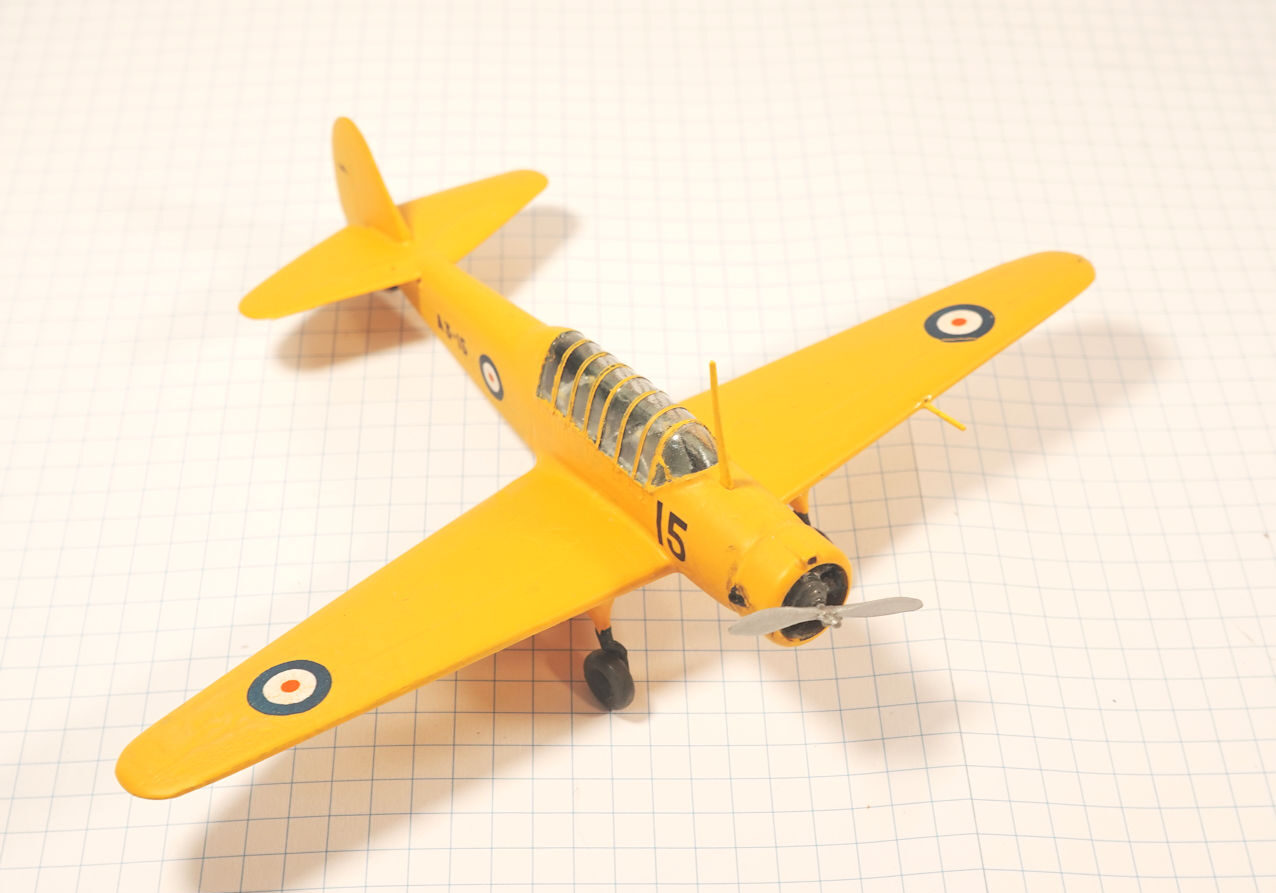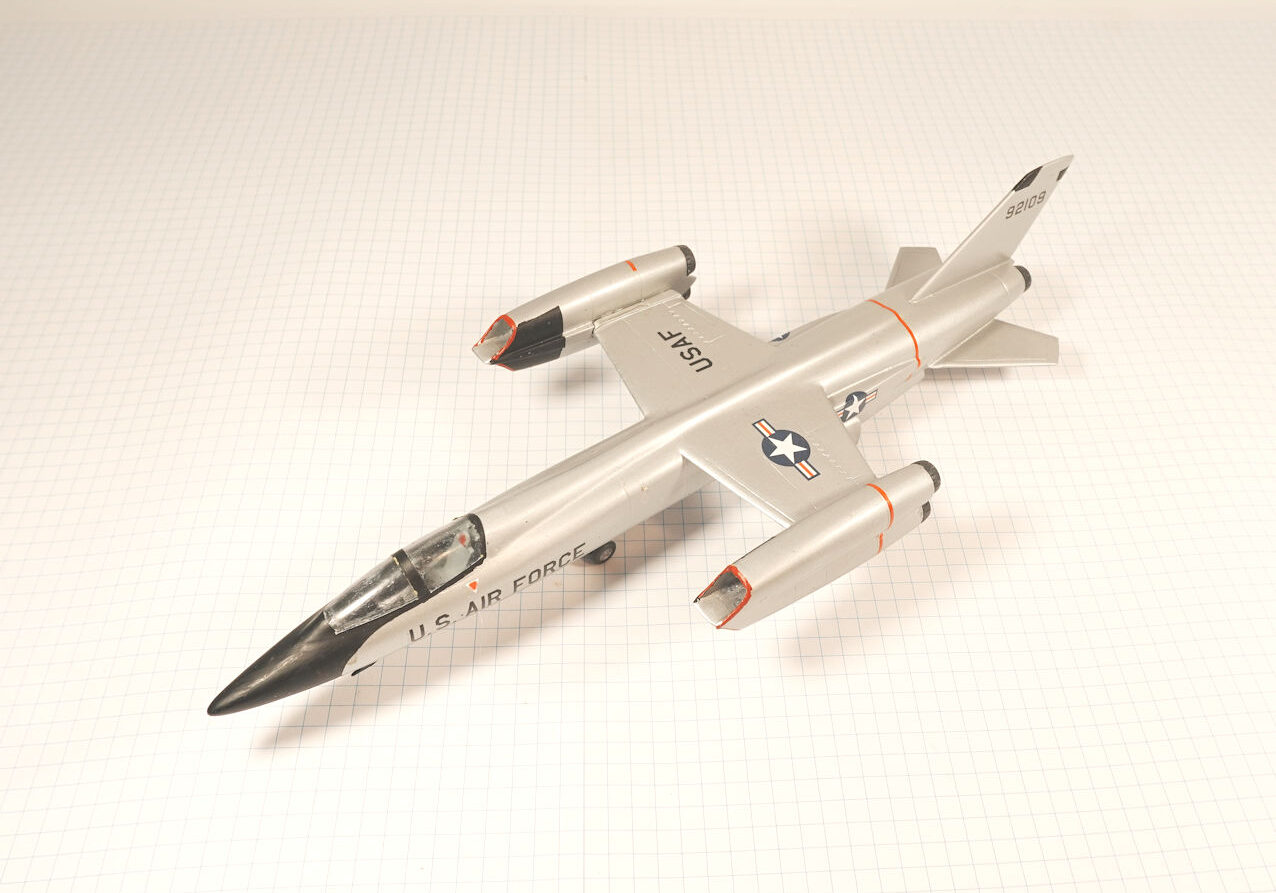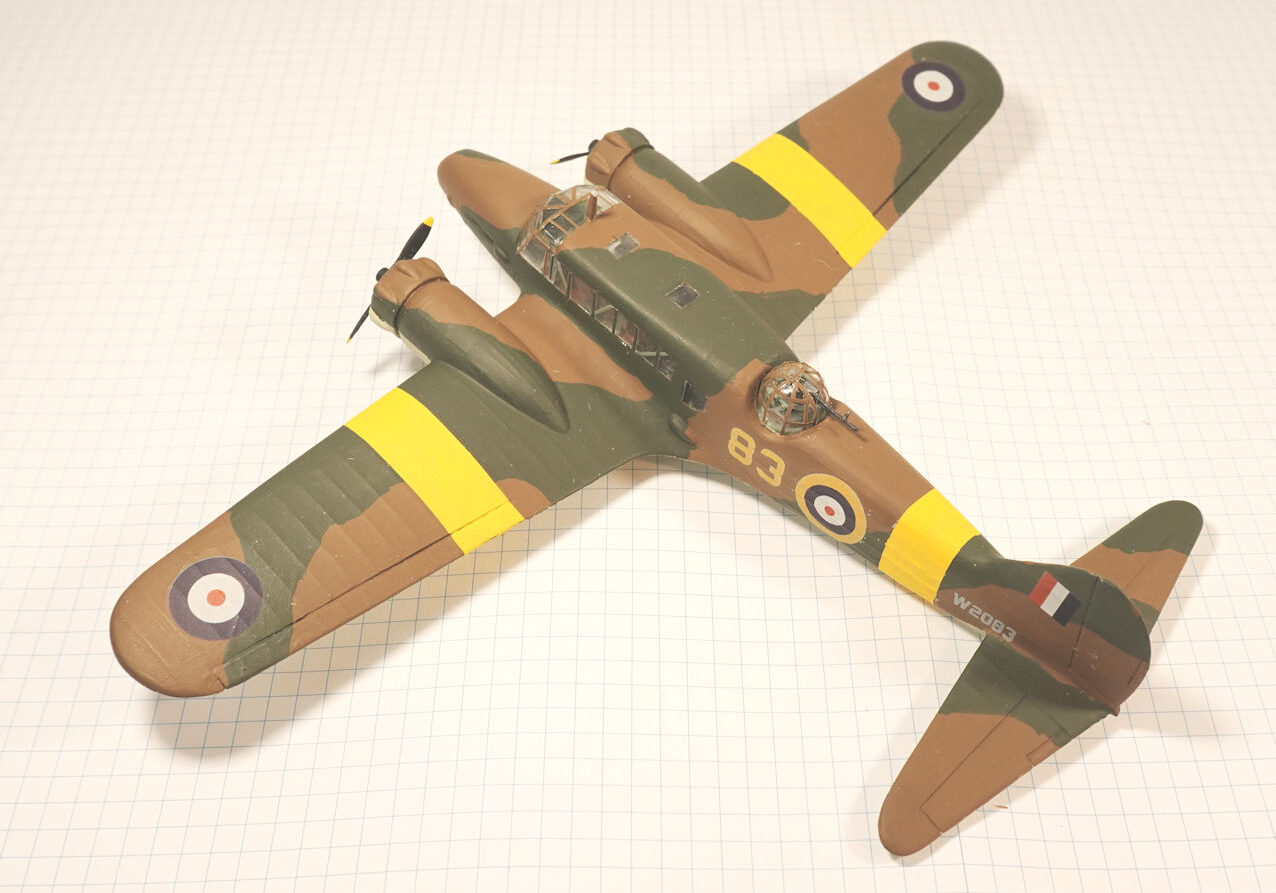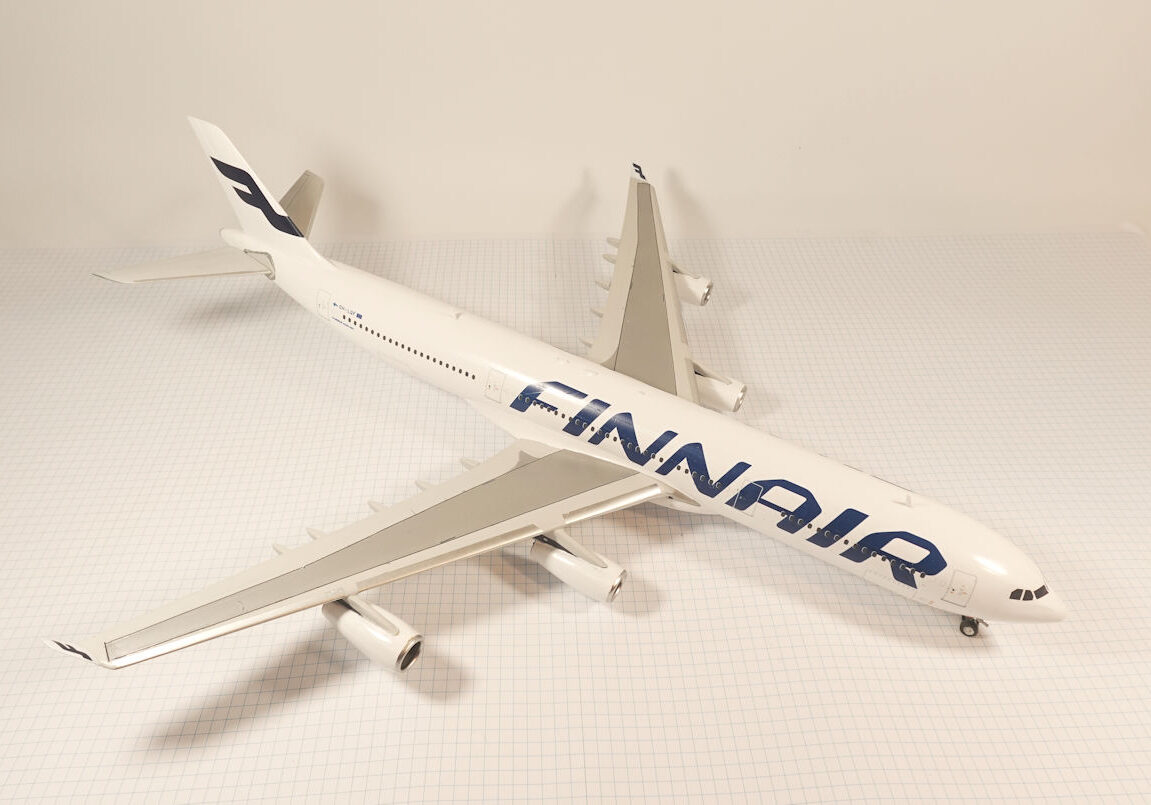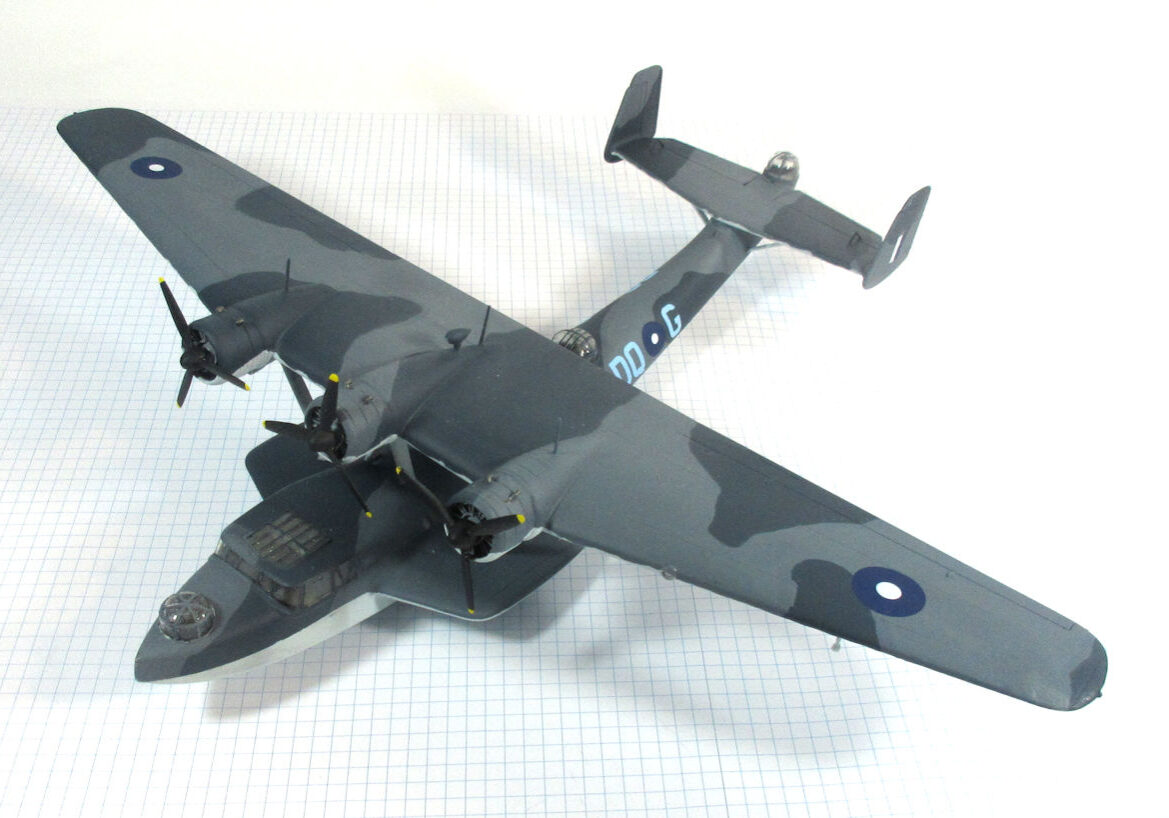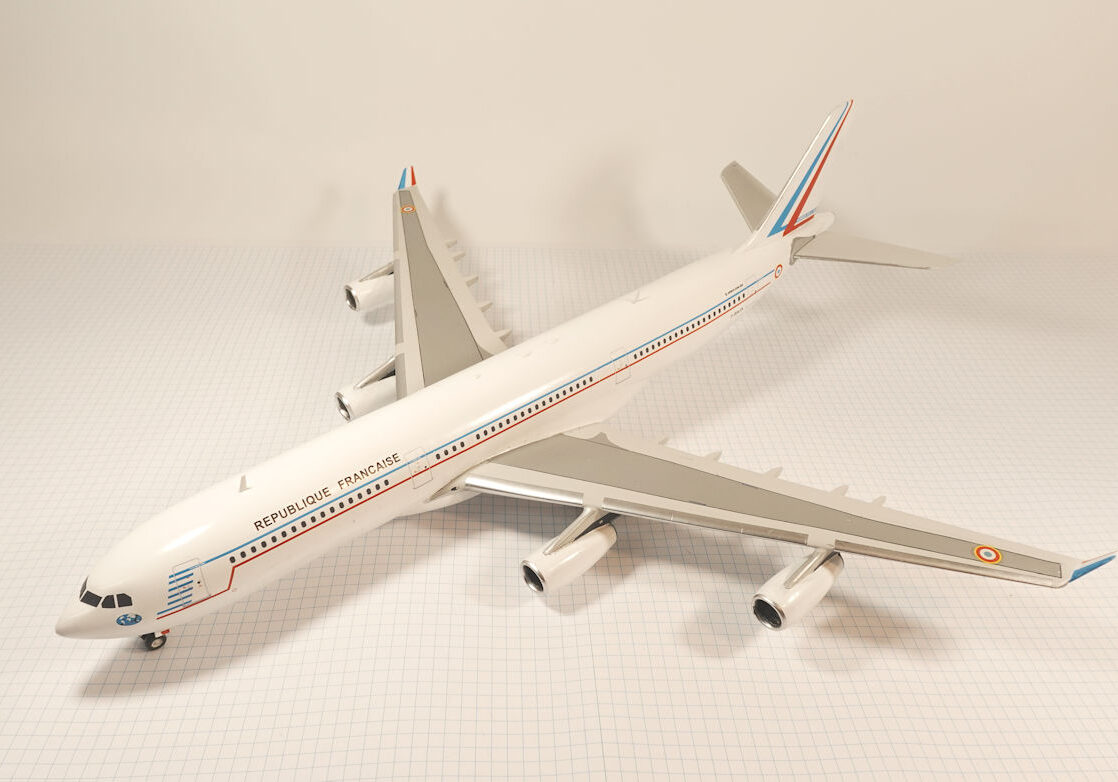History
The Tupolev Tu-16 (code named Badger in the West) was one of the first generation of strategic jet bombers designed after World War II. They entered service in 1954 and continued to fly in Russia until 1993.
After World War II strategic bombers took on a new lease of life, armed with atomic bombs and powered by jet engines.
Development of the Tu-16 to use these developments began in 1949 and the prototype made its first flight on 27 April 1952.
Production at three factories began in 1953 and 1509 Tu-16s had been made when construction was wound up in 1963.
During their service lives many were converted to other roles including carriage of anti-shipping missiles, electronic warfare and reconnaissance versions.
This model represents a Badger-A in service with the USSR’s Frontal Aviation in the 1960s.
Trumpeter 1/72 kit completed by Leigh Edmonds in October 2005.


